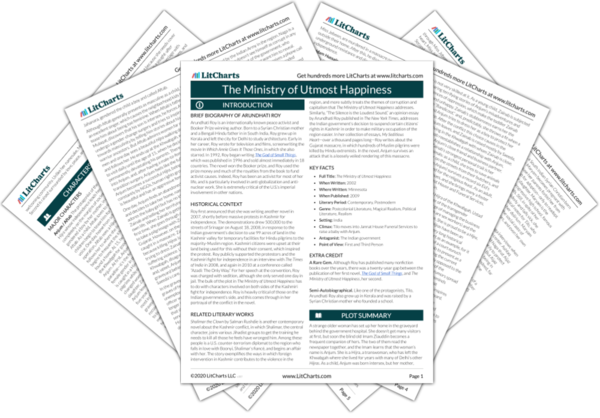The Head of the , Ustad Kulsoom Bi is a powerful member of the transgender community in Delhi. She is in charge of managing the business (many of the Hijras at the Khwabgah are sex workers) and the day-to-day maintenance of the house. She is proud to be a Hijra, and often reminds her mentees that Hijras have been an important part of Indian society for a very long historical period, citing an exhibition at the Red Fort as an example, for it contains in an audio recording the sound of a court eunuch laughing. When wants to force to present as a little boy because she believes it is safer during the current political climate, Ustad Kulsoom Bi is extremely opposed to the idea. She reminds Anjum that the core principle of the Khwabgah, and of any Hijra, is consent. There are rumors spread that Hijras kidnap and castrate male children, she reminds Anjum, and they all have a responsibility to dispel that superstition. Her firmness on the matter is what first inspires Anjum to move out of the Khwabgah and into the graveyard.
